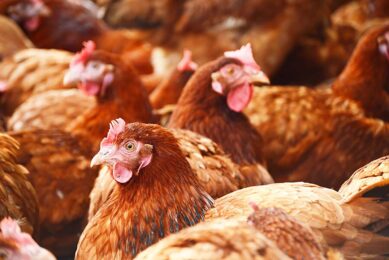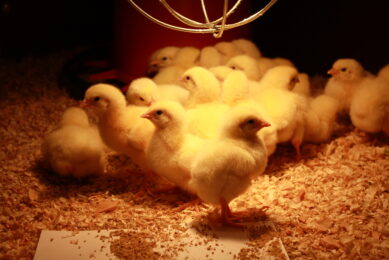Evolution of scientific poultry nutrition
The pioneers in the field of poultry nutrition defined the nutrient requirements of chickens, ducks and turkeys by a painstaking process of feeding incremental quantities of nutrients and measuring performance parameters such as growth, feed conversion efficiency and egg production. This now is history, since nutrition has entered the era of computers and gene technology. By Simon Shane
The second phase of the scientific feeding of poultry required definition of biochemical mechanisms underlying metabolism. Understanding how individual nutrients were absorbed and then incorporated into poultry meat and eggs accelerated advances in feed formulation.
In addition it became possible to combine related disciplines such as immunology, stress physiology and environmental management into nutritional programs which optimized production.
The most recent development encompasses the emerging science of nutrigenomics. This discipline deals with the mechanisms by which nutrients modify gene expression at the cellular level.
Applying data generated by DNA micro-arrays (“gene chips”) it is now possible to identify specific genes that are activated (“up-regulated”), deactivated (“down-regulated”) as a result of feeding specific nutrients.
Analysis of gene responses using sophisticated software and equipment, which is now possible through advances in nanotechnology, will link genetics with nutrition and enable producers to achieve the inherent potential of breeding stock and to attain higher levels of efficiency and return.
The potential for nutrigenomics was recently demonstrated in an international symposium organized by a US feed additive manufacturer which was attended by 1,500 scientists and affiliates of intensive livestock industries.
Presentations by scientists confirmed advances in refining technology to identify the genetic basis for selection of ingredients which will be applied to formulating diets.
Comparing the action of selenium provided as either inorganic sodium selenate or organic selenomethionine was offered as an example of this new approach to specifying nutrient requirements.
Supplying selenium in the organic form resulted in marked up-regulation of genes coding for the synthesis of enzymes associated with inherent antioxidant mechanisms. In contrast dietary supplementation with sodium selenate did not stimulate gene activity.
Development of nutrigenomics will require expansion of the micro-array gene expression database (MGED) which was founded in 1999 to develop standard techniques and to provide oligonucleotide combinations.
Complementary development of software to interpret strands of micro-arrays will also be required to achieve more widespread use of the technology.
Nutrigenomics offers the potential to integrate aspects of nutrition, genetic selection, protection against disease and response to environmental stress.
Hopefully funding will be available to accelerate research. A climate of cooperation will encourage interchange of ideas among academia and industry, which will benefit both producers and consumers of poultry and other livestock products.
By: Simon Shane
Join 31,000+ subscribers
Subscribe to our newsletter to stay updated about all the need-to-know content in the poultry sector, three times a week. Beheer
Beheer








 WP Admin
WP Admin  Bewerk bericht
Bewerk bericht